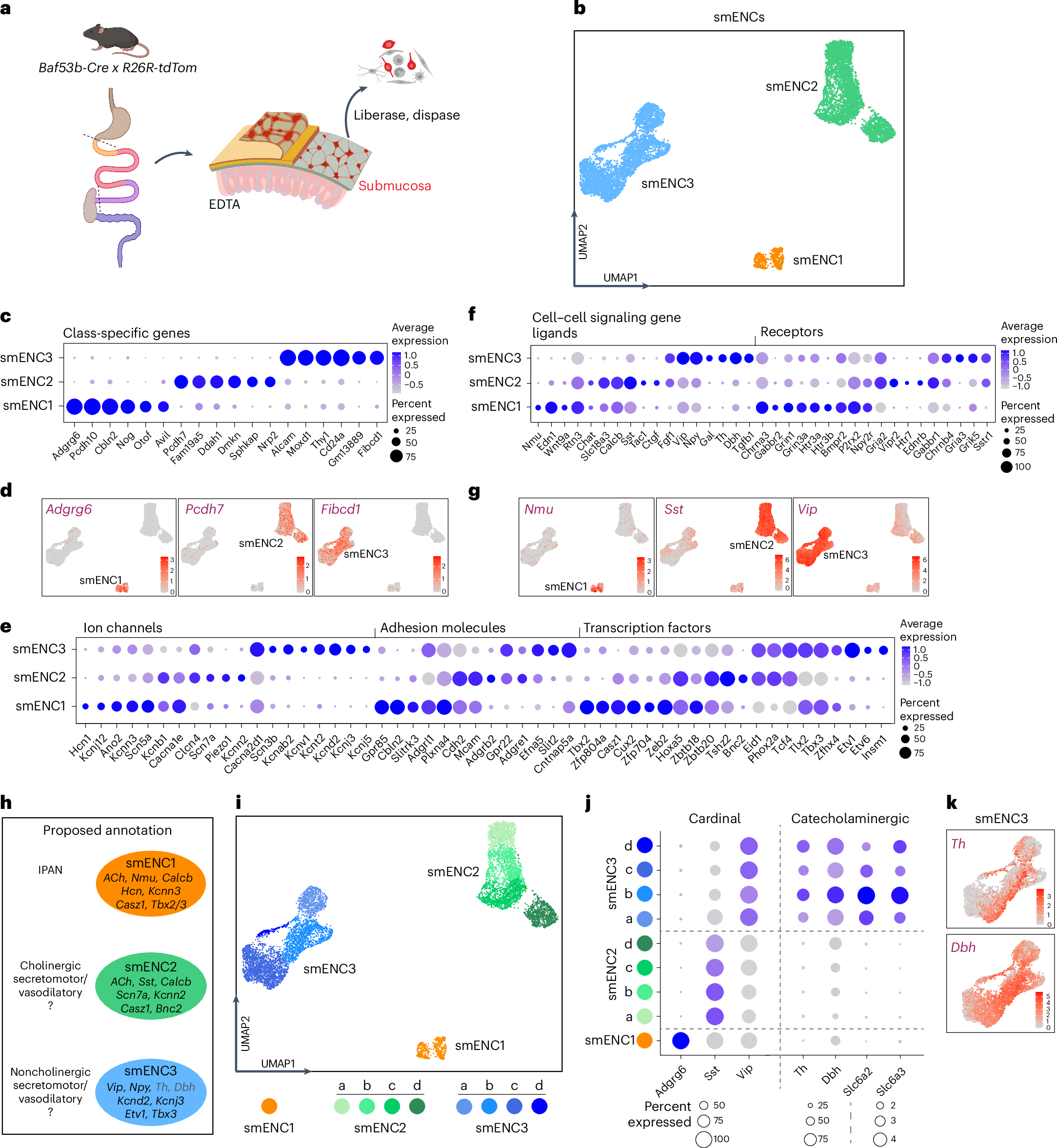2025-06-03 カリフォルニア大学サンディエゴ校(UCSD)

This bluegill collected during the study contained 16,973 Haplorchis pumilio and 8 Centrocestus formosanus infectious trematode parasite larval stages. Photo: Emma Palmer
<関連情報>
- https://scripps.ucsd.edu/news/freshwater-fish-us-carry-introduced-human-infecting-parasites
- https://academic.oup.com/jid/advance-article/doi/10.1093/infdis/jiaf180/8154770
米国における魚類伝染性トレマトジアーゼの伝播の可能性を示す更なる証拠: 狩猟魚がヒト伝染性トレマトーデスを媒介し、生食される Further Evidence for Plausible Transmission of Fishborne Trematodiases in the United States: Game Fish Carry Human-Infectious Trematodes and Are Eaten Raw
Emma M Palmer, Daniel C G Metz, Ryan F Hechinger,Author Notes
The Journal of Infectious Diseases Published:03 June 2025
DOI:https://doi.org/10.1093/infdis/jiaf180
Abstract
Historically, locally transmitted fishborne trematodiasis has not been a public health concern in the United States (US). However, the widespread introduction of the first intermediate host snail Melanoides tuberculata and 2 of the fishborne trematodes it transmits (Haplorchis pumilio and Centrocestus formosanus), along with their discovery at freshwater fishing localities throughout southern California, reveals a need to further evaluate the risk of local transmission of fishborne trematodiasis in the US. Here, we confirm that the trematode stages infectious to people (metacercariae) commonly infect and can be abundant in 7 commonly caught and eaten fish species at California fishing localities. Further, via an online social media search, we provide evidence that people throughout the US eat those same fish species in ways conducive to trematode transmission (namely, eating fish unfrozen and raw). These findings further indicate the plausibility for locally transmitted fishborne trematodiasis in the US.


